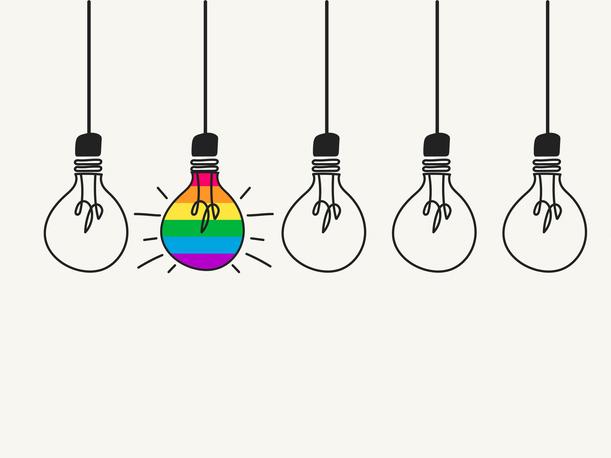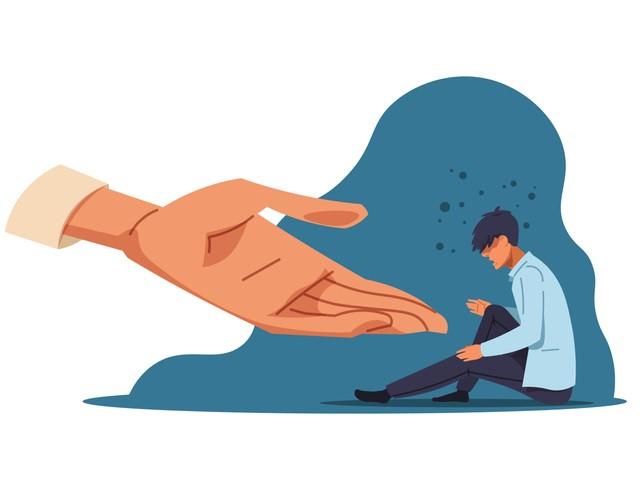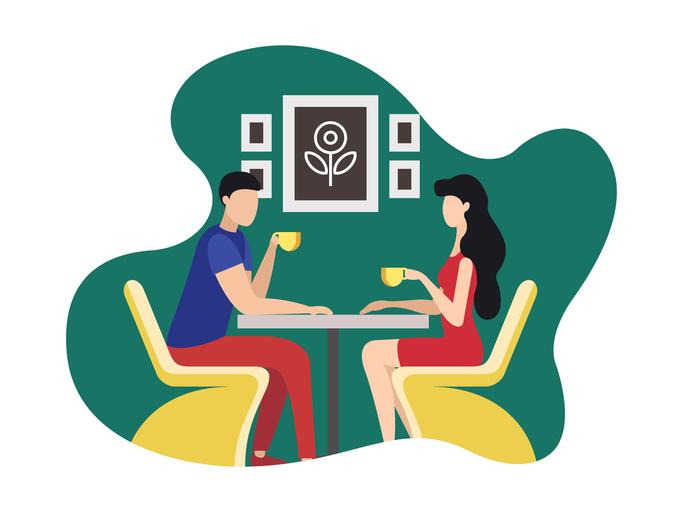
Leadership and the intersectionality of being queer and living with HIV

I wonder whether my identity as a person living with HIV since the 1980s informs my leadership more than does my identity as queer.
As a white, cisgender man, I should probably be asking questions about intersectionality rather than speaking to them. But I believe that I’ve consistently underestimated how HIV – as an ability and health status and as a life experience – has shaped me as a leader. I believe, too, that this has rarely been described or acknowledged. For me, the effects of my identities as gay and as living with HIV both intersect and remain distinct.
- Intersectionality and why in 2022 inclusion must allow for multiple identities
- Belonging: why it is the next step on the equity, diversity and inclusion ladder
- It is about ‘people knowing who I am’: reflections on how to guide inclusion work in universities
I’ve been out as queer professionally since graduate school, but I’ve only been out as a person living with HIV professionally since 2017. Family and many friends knew about my HIV status, but until recently I kept my story under wraps at work. I don’t know whether the board that hired me would have hired me into a presidency in 2003 had they known about my HIV status. But I decided for them with my silence.
Across those early years of my presidency, when I was loud about the gay but closeted about the HIV, I led a good deal of social justice work at my institution. I felt enormously grateful for the opportunity to bring to my work what I had learned as a young man living with HIV in the 1980s in New York City and in the 1990s in Atlanta. In the 1980s and even in the 1990s, I heard almost every day that I deserved to die because I was gay. I gained much experience with oppression and injustice, and I developed skills in conceptualisation and advocacy. In the 2000s, I was able to apply what I had learned with students, faculty, administration and trustees within a higher education context. Sweet.
Sometimes, I’d experience pushback about my intentions. I’d hear incredulity that the administration would want to tackle issues of justice. I wondered how I’d become The Man. I’d think but never share: “Don’t you know my credentials to do this work?” In retrospect, I believe that my reaction was determined partly by white privilege and white fragility. But, also, the truth was that, no, my community did not know my credentials to do this work because I was hiding an essential part of my experience, a part that fuelled my interest and ability to pursue issues of social justice.
My decision to come out of hiding was not an attempt to clean up my act as a leader. Rather, I was driven by an uneasy feeling of déjà vu following the 2016 US presidential election. In 1985, then president Ronald Reagan’s refusal to speak the word Aids caused my community injury and death. In 2017, the new president’s incendiary words caused injury and death. I wondered whether many immigrants – and many people who might look like immigrants – felt as I did in the 1980s. I couldn’t know the contemporary experience of many marginalised groups. But I could imagine that many people – Muslims, women, people living with disabilities, people of colour standing up against structural racism, people at the intersection of these and many more identities – felt as abandoned by the state as I felt then.
I decided that my status and my story were what I had to offer. My community saved itself from extinction in the face of government-sanctioned indifference, hatred and oppression. I not only survived the plague but achieved some measure of success, as a university president, perhaps in part because of what I had learned in surviving. So I came out.
I came out as big as I could, as the first university president to do so. I wrote in the popular press; I did a junket. The response was enormously positive inside my university and around the world. I believe that coming out has had a positive effect on my leadership as well. It is not the case that everyone now gets me. Alas. It is also not the case that I don’t have a great deal of continuing work to do as a white man in the president’s seat – to engage with questions about my privilege on an ongoing basis. I can say that I’m now more comfortable in my role and that I know that I’m doing important work to support authentic dialogue, challenge my own and others’ privilege, and advance justice.
Only now that I’ve levelled the ground between the gay and the HIV can I begin to understand the relative and related contributions of these to my leadership. I think it might look the same to naive observers, but I realise it’s not.
I’ll try to explain through the most relevant metaphor to members of my tribe: dance.
I learned to dance at the height of the Aids crisis in the late 1980s and early 1990s among and from a small community of men. When I dance today, when I get the rare chance, I dance exactly how I danced then. And, if you see me on the dance floor, you can definitely tell I’m gay. Please.
But what you may not notice is how much HIV determines my dance. I can tell you, even though I don’t ever really think or talk about this, which of my steps are from which dance partner, the most important of whom are men who died of HIV. I could also tell you, in this indelicate unpacking of my groove, which steps are my own – uncopied from others – moves, gestures and invocations that I developed in that era to ward off oppression, fear and death.
There’s a way I swing my fist that means “I’m strong” or “Stay away”, depending on how I do the swing. There’s a way I point up to the sky that means hope. I spin, stomp and pace in different ways to regulate whether I need to look inside for strength or outside to find or offer strength. In the 1980s and 1990s, we danced to keep each other alive, as well as for those who were taken from us – and if you know what to look for, you can see all that in my dance.
Dancing is leading and leading is dancing. My metaphor isn’t a metaphor at all. And if I unpack my contemporary dance as president, you can see the gay in my leadership. Please. But the HIV is just as visible if you know how to look.
Some leadership elements are dually determined. When I work to incorporate voices across our university into decisions, and the extent to which I’m good at it, it’s because I recall my own disconnection and bullying as a gay kid, but it’s also because I’m keenly aware of how diminished we were and are when voices are taken away or disappeared. I continue to learn that today as loved ones continue to die from HIV.
Some of my leadership is queer and then jet-fuelled by HIV. My creativity and fabulousness as a leader have developed in part because I was denied routine developmental experiences and was othered while growing up gay. My fabulousness as a leader kaleidoscoped after I learned from HIV how to fight for my life – not only surviving but thriving because of my experiences.
But then my sense of responsibility also elevates my reasoning to go beyond myself and my own experiences. My responsibility is to those who died and will continue to die. That’s all HIV.
Raymond Crossman is president of Adler University.
This is an edited version of an essay that was originally published in the collection LGBTQ Leadership in Higher Education, edited by Raymond Crossman (Johns Hopkins University Press, 2022).
If you would like advice and insight from academics and university staff delivered direct to your inbox each week, sign up for the Campus newsletter.


